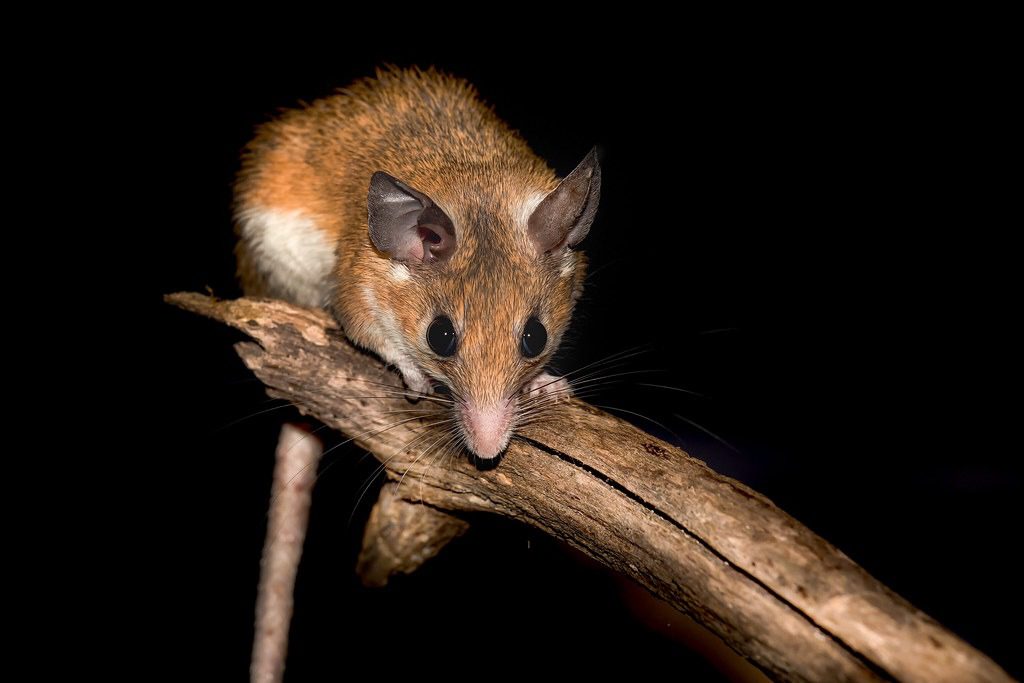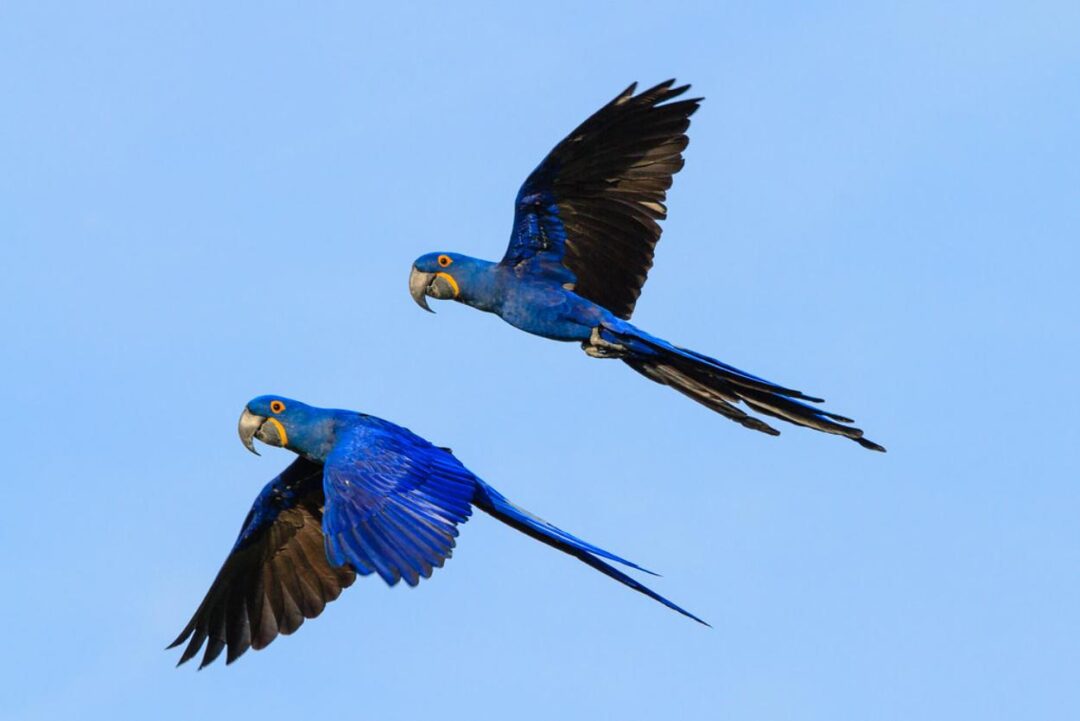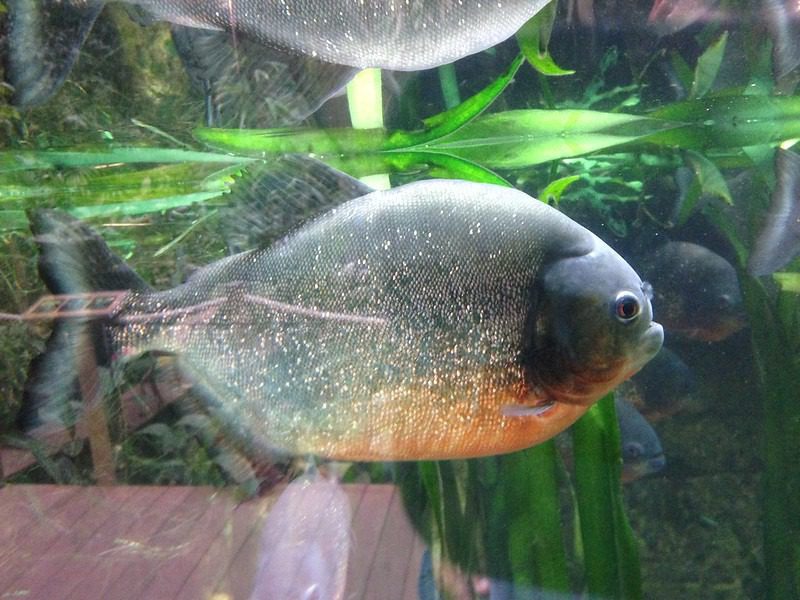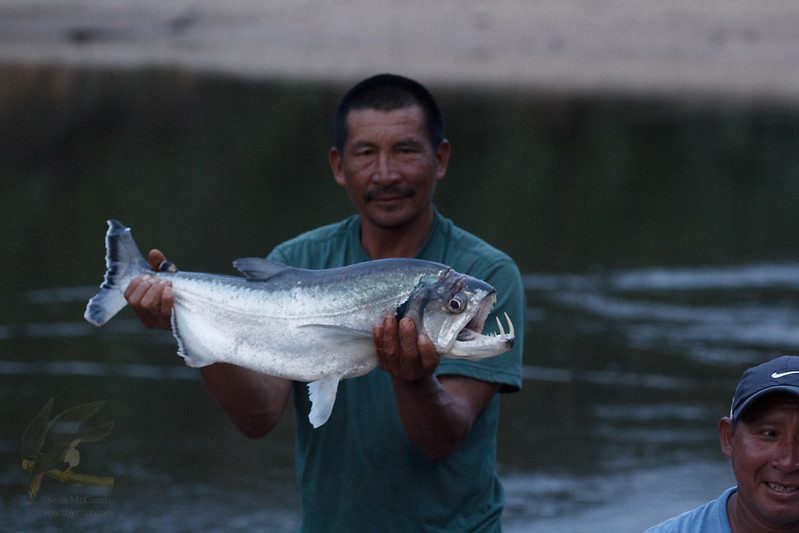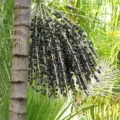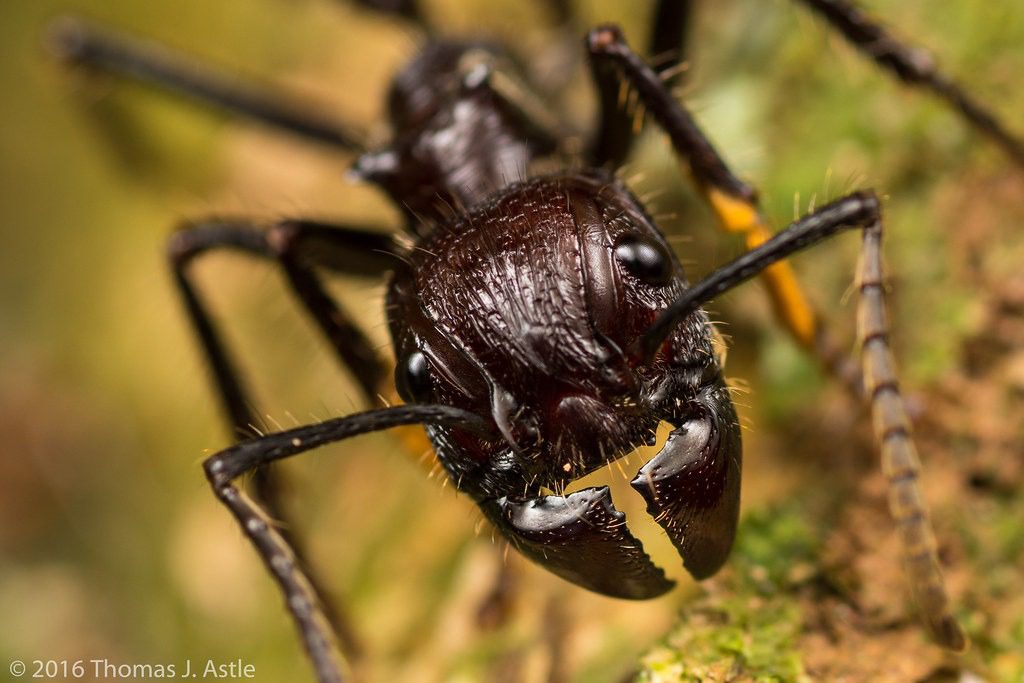Mata Mata Turtle: The Bizarre and Mysterious Freshwater Marvel
Introduction
The Mata Mata turtle (Chelus fimbriata) is one of the most unusual reptiles on Earth. With its flattened, triangle-shaped head, shaggy flaps of skin, and a mouth that looks permanently agape, it has fascinated herpetologists and exotic animal enthusiasts for decades. Native to the slow-moving rivers and wetlands of South America, the Mata Mata turtle is more than just a curiosity — it’s a biological masterpiece, perfectly adapted to a specialized lifestyle.
This comprehensive guide explores every aspect of the Mata Mata turtle, organized by keyword relevance and search volume, ensuring the most informative and engaging reading experience.
Mata Mata Turtle Overview
What is a Mata Mata Turtle?
The Mata Mata turtle is a freshwater species found primarily in the Amazon and Orinoco basins. Its genus name, Chelus, and species name, fimbriata, refer to the frilled skin around its head and neck, which helps it camouflage among leaf litter. With its bizarre appearance and stealthy hunting style, this turtle embodies the concept of evolution through specialization.

Mata Mata Turtle Facts
- Scientific Name: Chelus fimbriata
- Common Name: Mata Mata Turtle
- Family: Chelidae (Side-necked turtles)
- Natural Habitat: Slow-moving rivers, swamps, and marshes
- Lifespan: 40+ years in captivity
- Diet: Carnivorous — primarily fish and aquatic invertebrates
- Range: Amazon and Orinoco River basins in South America
Physical Characteristics
Mata Mata Turtle Size
Mata Mata turtles are among the larger freshwater turtles. Adults typically grow to:
- Length: 14 to 18 inches (35 to 45 cm)
- Weight: Up to 33 pounds (15 kg)
Males are generally larger than females, especially in head and neck size. Their broad, flat shell gives them a larger visual profile in their aquatic habitat.
Mata Mata Turtle Eyes
One of the most captivating features of the Mata Mata turtle is its eyes. These turtles have small, lidless eyes situated on the sides of their heads, giving them a wide field of vision. Their eyes are adapted to detect motion in dim, murky water, making them efficient ambush predators. The Mata Mata rarely moves its head — instead, it waits for prey to swim close before striking.
Mata Mata Turtle Bite
Despite its ferocious appearance, the Mata Mata turtle poses little threat to humans. It does not have strong jaw muscles compared to snapping turtles. Instead, it uses a suction feeding mechanism to capture prey. When a fish swims by, the turtle rapidly expands its throat to create a vacuum, sucking the prey in whole. Their bite is not strong or harmful to humans, but it’s incredibly effective for aquatic hunting.
Habitat and Distribution
Mata Mata Turtle Habitat
Mata Mata turtles are strictly aquatic and thrive in slow-moving, sediment-rich waters where visibility is low. Their preferred habitats include:
- Flooded forests
- Marshes
- Swamps
- Ox-bow lakes
- Blackwater rivers
Their camouflaged appearance allows them to blend perfectly with decomposing leaves and twigs at the bottom of these ecosystems.

Where Does the Mata Mata Turtle Live?
This species is distributed widely across northern South America. Countries where the Mata Mata turtle is found include:
- Brazil
- Venezuela
- Colombia
- Ecuador
- Peru
- Bolivia
- Guyana
Within these regions, the Amazon and Orinoco river basins serve as the primary habitats.
Peruvian Mata Mata Turtle
The Peruvian Mata Mata turtle refers to individuals found in Peru’s Amazon basin. These turtles are genetically similar to other populations, though some herpetologists suggest slight regional variations in skin texture or coloration. Peru’s lush and remote wetlands provide ideal conditions for these turtles to thrive with minimal human interference.
Care and Captivity
Mata Mata Turtle Care
Due to their unique needs, Mata Mata turtles are not ideal for beginner reptile keepers. They require a very specific setup:
Aquarium Requirements:
- Tank Size: At least 180 gallons for adults
- Water Temperature: 78–82°F (25–28°C)
- pH Level: 5.5 to 6.5 (slightly acidic)
- Filtration: High-capacity external filter to maintain water quality
- Substrate: Soft sand or mud to mimic natural environments
Environmental Enrichment:
- Driftwood and aquatic plants to provide cover
- Gentle water flow to simulate natural habitat
- No basking area needed, as Mata Matas are fully aquatic
Handling and Behavior:
- Mata Matas are shy and stress easily.
- They should be handled minimally to avoid health issues.
Baby Mata Mata Turtle
Baby Mata Mata turtles are born at about 1.5 to 2 inches in shell length. Their care is even more delicate, requiring:
- Constant warm temperatures
- Frequent small feedings
- Clean water with minimal fluctuations
These juveniles resemble miniature versions of adults but with slightly brighter patterns that fade as they age.

Variants and Rare Morphs
Red Mata Mata Turtle
The term “Red Mata Mata Turtle” often refers to individuals with a slightly red or pinkish hue to their shell or skin. This coloration may be due to:
- Local water chemistry
- Diet
- Genetic variation
This morph is rare and usually more common in specific parts of the Amazon basin.
Albino Mata Mata Turtle
Albino Mata Mata turtles are exceedingly rare and considered highly valuable in the exotic pet trade. These turtles lack pigmentation, resulting in pale yellow or white coloration with pink




